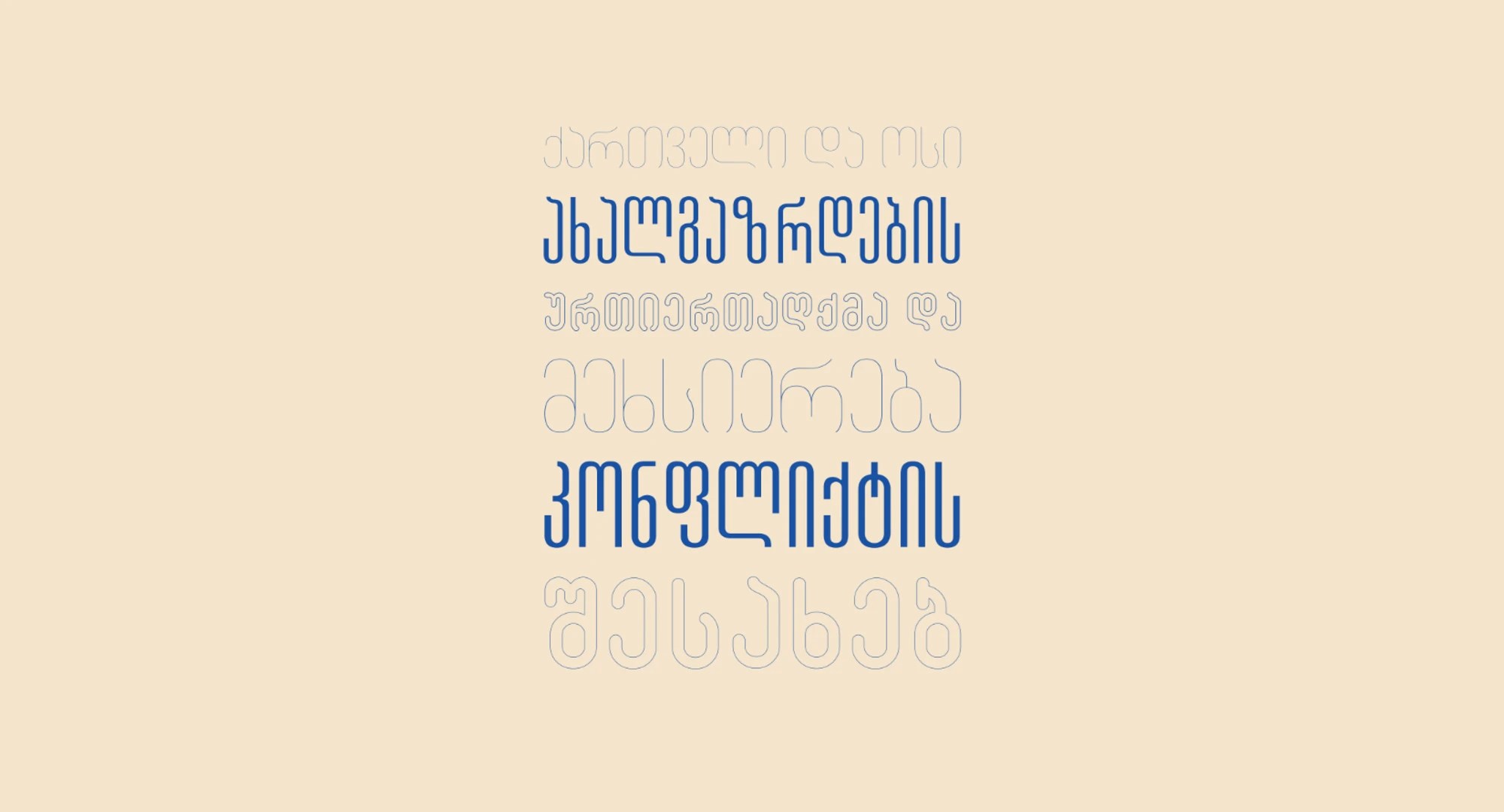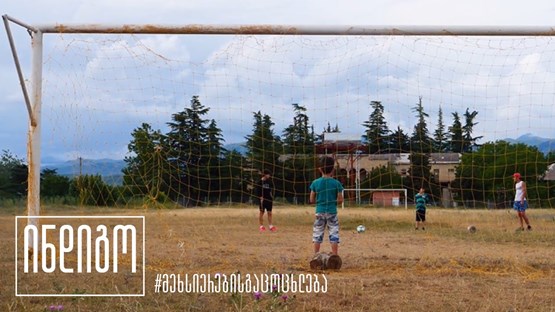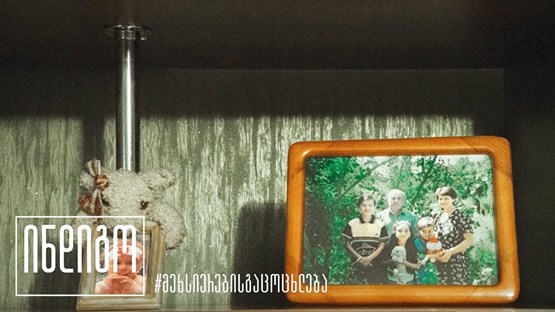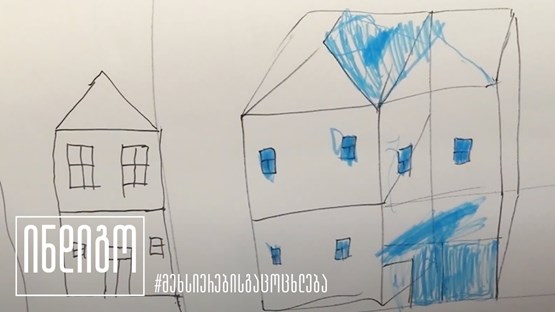
Perceptions of Georgian and Ossetian Youth and Their Memories of the Conflict
19.10.2021the views of younger generations are rarely found in the media as well. Little is known about what young people both in Georgia-controlled territories and those living on the other side of the boundary lines think about confidence-building, what they mean by conflict-resolution or transformation, and how they assess the relevant state policy; and what they know about each other in general, what kind of information they receive, and where we should seek those information gaps for society to fill and enhance the sensitivity of younger generations to conflicts.
In 2021, Indigo started monitoring these issues and working with young people. Under the project Rebuilding Memory for the Future, oral histories and documents related to the Georgian-Ossetian conflict are collected and events are organized to share information with young people. This research is also part of said project.
This paper seeks to illustrate perceptions and memories of conflict(s) as found among young Georgians and Ossetians. Notably, the other side is a complex term in the Georgian-Ossetian conflict, because Georgian society perceives Russia as the other side, while Ossetians view Georgians as the other side.
The Study is avalilable here
Key Findings
- m Young Georgians’ awareness of the Georgian-Ossetian conflict relies largely on stories told by family members and acquaintances. They are unaware of historical facts and unable to receive information in school or university. As a result, their discourse on the conflict’s background and development, and its participating parties, is often contradictory.
- m Schools and universities provide Young Ossetians with more information about the conflict. Although they are more confident when discussing the conflict’s background and development, and its participating parties, their discourse is also often contradictory, based on unverified stories.
- m For the most part, young Georgians receive information from Georgian sources, while Ossetians from Russian and Ossetian news sources. Unlike Georgians, young Ossetians are less critical toward their sources and trust them more. Young Georgians name Russian news outlets as sources of propaganda, while Ossetians believe that Georgian and Western media outlets spread propaganda.
- m Young Georgians believe that Ossetians are provided with negative information about Georgians. The same is true of Ossetians as they think that young Georgians are harboring negative attitudes toward them.
- m The attitudes toward Ossetians among young Georgians are not negative, but mostly undecided, because they are not acquainted with their Ossetian peers, though they do want to learn more about them. Young Georgians from Akhalgori and Ossetians still living there have positive attitudes toward each other. Ossetians living in Tskhinvali, on the other hand, show negative attitudes toward Georgians.
- m Young Ossetians and Georgians cannot ignore each other’s traumas, though they do believe that they have suffered more.
- m Young Georgians who have no firsthand experience of the war say that this pain concerns those around them more than it does them. Consequently, they have no emotional ties to the conflict.
- m Young Georgians and Ossetians are practically unaware of the days of mourning observed by the other side to commemorate those fallen during the tragic events in discussion.
- m Children from mixed families are especially hard-hit by the dire consequences of the war.
- m According to young refugees, those who have not been through displacement cannot really appreciate the heavy burden of this experience and remain detached from this issue. Young refugees are also concerned because those living in the rest of Georgia’s territory know almost nothing about their stories.
- m Some of the young refugees do not feel at home where they live now. Others say that what was initially perceived as a temporary residence has become their home.
- m The future of Georgian-Ossetian relations is unclear to young Georgians and Ossetians. They cannot see a solution, nor do they have a clear picture of how things may develop in the future. One thing they all agree on is that use of force is unacceptable.
- m The most preferable scenario for young Georgians involves South Ossetia being a part of Georgia, though they are not as idealistic about South Ossetia’s return. Besides gaining sovereignty, young Ossetians also consider joining Russia as a way of ensuring security.
- m Young people on both sides want to have normal relations with each other, though they also believe that it will be hard to achieve given the alienation between respective societies.
- m Young Georgians believe that they may be prepared better for compromising since their pain is not as great as the pain suffered by older generations and standing in their way to communicate with each other.
- m Young Georgians and Ossetians believe that they, due to lack of knowledge about the conflict, are presently unable to play a significant role in peace processes.
We Recommend

Temporary address | Natia Sharmiashvili
07.08.2021
Here and there | Mano Svanidze
06.08.2021



